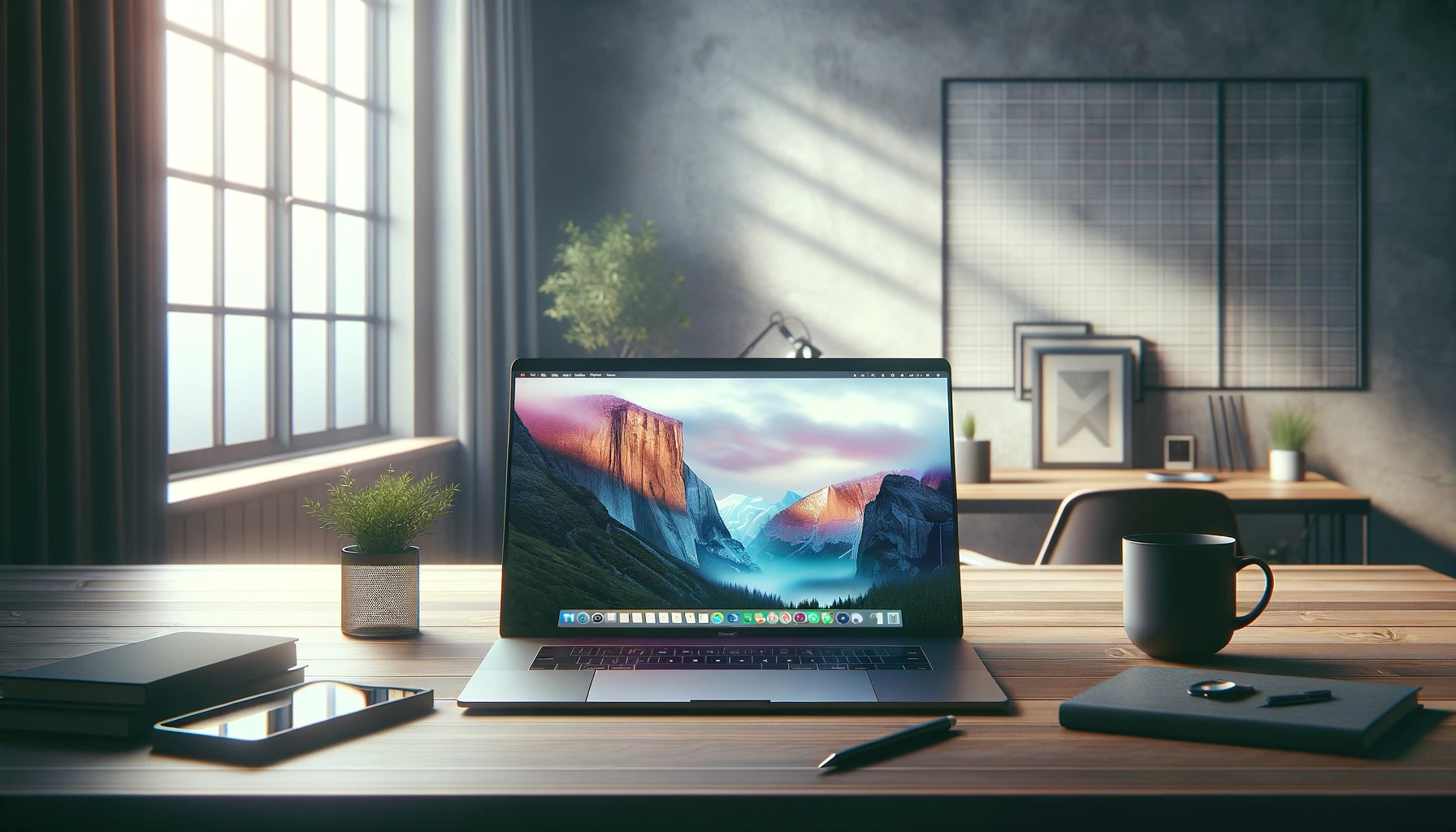How to Open PNG Files Across Different Operating Systems
By Tommy
Published March 21, 2024
 How to Open PNG Files Across Different Operating Systems
How to Open PNG Files Across Different Operating Systems
In the digital world, PNG files stand as a cornerstone of imagery, favored for their lossless compression and transparency support. However, users might occasionally find themselves befuddled when a PNG file refuses to open or display correctly across various operating systems. This guide aims to demystify the process, ensuring that whether you're a Windows aficionado, a macOS devotee, or a Linux enthusiast, you'll be well-equipped to view your PNG images with ease and know-how.
Understanding PNG Files
Portable Network Graphics (PNG) is a raster graphics file format that supports lossless data compression. PNG was created as an improved, non-patented replacement for Graphics Interchange Format (GIF). Its ability to handle transparent areas makes it a favorite in web design and for use in software applications.
Despite its widespread acceptance and utility, there are times when users encounter issues with PNG not displaying. This could stem from compatibility issues, corrupted files, or outdated software, necessitating some troubleshooting.
Opening PNG Files on Windows
Windows users have a plethora of options when it comes to viewing PNG files, with the Photos app being the most straightforward method:
- Double-click the PNG file. If your system is set up correctly, it should automatically open in the Photos app.
- If the file doesn’t open, right-click on the image, select Open with, and choose Photos or Windows Photo Viewer.
- For PNG troubleshooting, ensure that the Photos app is set as the default image viewer in the Default Apps settings menu. Updating the Photos app can also resolve issues related to PNG files not displaying correctly.
Engaging with PNGs on macOS
macOS users benefit from the seamless integration of the Preview app, which effortlessly handles PNG files among various image formats:
- Click on the PNG file in Finder. It should default to opening in Preview.
- If Preview isn’t the default option, right-click on the file, hover over Open with, and select Preview.
- When dealing with a PNG not displaying correctly, consider checking for any available software updates under the Apple menu, as these can enhance compatibility and performance.
Navigating PNGs in Linux
Linux, with its myriad distributions, offers a range of image viewers, with GNOME’s Eye of GNOME and KDE’s Gwenview being among the most popular:
- Double-click the PNG file in your file manager. This should open it in the default image viewer.
- If the file doesn't open, right-click on the file, choose Open With, and select your preferred image viewer.
- For PNG troubleshooting on Linux, ensure that your system is updated, as this can address a variety of PNG display issues.
Advanced PNG Handling
Beyond simply opening PNG files, users might need to convert PNG to compatible formats for use in applications that do not support this format. Tools like Adobe Photoshop, GIMP, and online converters can facilitate this conversion, offering flexibility in how you utilize your images.
Additionally, the ability to identify PNG metadata can provide insights into the image's creation, modification dates, and more. This can be especially useful in managing a large collection of images, ensuring that you have all the information needed at your fingertips. Various software options, including ExifTool and Adobe Bridge, offer robust metadata viewing capabilities.
Conclusion
While PNG files are universally compatible across a broad spectrum of operating systems and devices, encountering issues with opening them is not uncommon. By understanding the basic steps to access and view these files on Windows, macOS, and Linux, users can easily overcome any hurdles. Remember, when faced with a PNG not displaying, the solution often lies in simple troubleshooting steps, such as ensuring your software is up-to-date or converting the PNG to a more compatible format.
Embrace the versatility and quality that PNG files offer, and with the tips outlined above, you’ll be well on your way to handling these images like a pro, regardless of your operating system.